Color is hard!
-
If you were using Painter, it has a great feature where you can import a jpg of an image you like and create a palette from that image. Careful it makes A LOT of colors, depending how detailed your image is...
-
Does anyone know if there are any digital palettes that are "true to life" oil paint colors?
I was thinking about putting some of my oils on a palette and then photographing it but maybe someone did that already?
-
@mattramsey I can imagine that for ArtRage(if it actually can simulate oil paints which I am not sure), not for photoshop as all oil paints have different qualities. It is not enough to define them as RGB. You could probably create RGB palette from strokes with pure colours, but thats kind of pointless.
-
@Bobby-Aquitania I've always felt like colour picking and taking other people's palettes is cheating a bit. Maybe okay for research, but I feel learning about colour allows you to create for yourself and get more creative.
Ace
-
@Ace-Connell as @Lee-White said last night in the 3rd Thursday critique...there is no patent on color schemes. (Or something like that.) The more one uses other people's palettes (especially those who are expert at it) the more it will help one develop their own sense of color until the day comes when they can use their own from the start. In the meantime, you've got some illustrations with tried and true color schemes. Anyway, that's how I look at it...
-
Using a pre-made color palette is just like using a photo as a reference. It's a starting point for an idea to grow. Trying to pull these things out of thin air doesn't always work. I took color theory in college so that's buried deep within my brain somewhere but I still look at what other people do for help. I can't recite out loud what I learned in color theory and then go "oh ok I'll use R91 G138 B243 right here!"
-
@Bobby-Aquitania I'm strictly traditional so far. I'm not quite ready to try digital. I think it would be more challenging for me to figure it out than color
 Thanks for the links!
Thanks for the links! -
@audrey-dowling Audrey, thanks for feeling my pain with me

-
@Bobby-Aquitania Thanks Bobby. That book looks useful (and cheap
 I'm actually using prismacolor pencils right now. I'm going to google some tips on them. Might revert to watercolor though.
I'm actually using prismacolor pencils right now. I'm going to google some tips on them. Might revert to watercolor though. -
@Joy-Heyer It's fine to have differing opinions. I guess if it helps, it helps, but it wouldn't be something I'd personally hold on to for more than getting an understanding.
Ace
-
I struggle with color too. A web page I turn to for color inspiration is design-seeds.com. In the past, I didn't plan my color scheme at all. Lately, I find myself enjoying spending some time playing with colors and trying this-and-that before coloring.
-
@Jiří-Kůs said:
@mattramsey I can imagine that for ArtRage(if it actually can simulate oil paints which I am not sure), not for photoshop as all oil paints have different qualities. It is not enough to define them as RGB. You could probably create RGB palette from strokes with pure colours, but thats kind of pointless.
Well I had an idea of trying out a style that mimicked traditional oil painting but I would like to first have a color starting point. So my blues would be like Ultramarine and Pathlo etc.
One awesomely huge advantage of digital is that you get EVERY COLOR EVER. This can also be a problem in some situations.
-
@Ace-Connell said:
@Bobby-Aquitania I've always felt like colour picking and taking other people's palettes is cheating a bit. Maybe okay for research, but I feel learning about colour allows you to create for yourself and get more creative.
Ace
As Lee mentioned "color isn't copywrited".
-
@Ace-Conell I'm actually surprised you think color isn't important. Value is going to affect the readability of a pieces, but color does so much to inform someone of what they're seeing - it creates balance, moves the eye through an image, sets the mood, brings focus to parts of the image, shows atmosphere and depth, informs lighting, and can have an emotional impact on a piece.
I absolutely love color, an enjoy working with it. Of course not all art has to have color: B&W pieces, line drawings, etc., can all be very successful. But if you're going to work with color, understand that it is important to a piece. In the last 3rd Thursday Lee White started to address that.
I know color theory can seem really confusing, I'm still studying it all the time, but I also think people assume it's more complicated than it really is. Start with the basics: primary, secondary and tertiary, warm vs cool, complementary colors, etc., saturation, then move on from there. Pieces can be very successful with simple, straightforward colors, or really out there pallets.
I haven't taken the courses yet, but SVS offers a couple if color classes. That would probably be a good place to start. I personally have these books: Better for beginners Color by Betty Edwards and Color in Contemporary Painting by Charles Le Clair. But I'll be honest in that I haven't read either of them all the way through. Most of what I've picked up from color I've gotten from lectures, classes, studying other people's work, and online resources. I know my post is getting really long and I haven't even talked at all about how to actually decide on and USE colors, but hopefully this will get people thinking. To finish off here are some pieces I think use color fantastically.
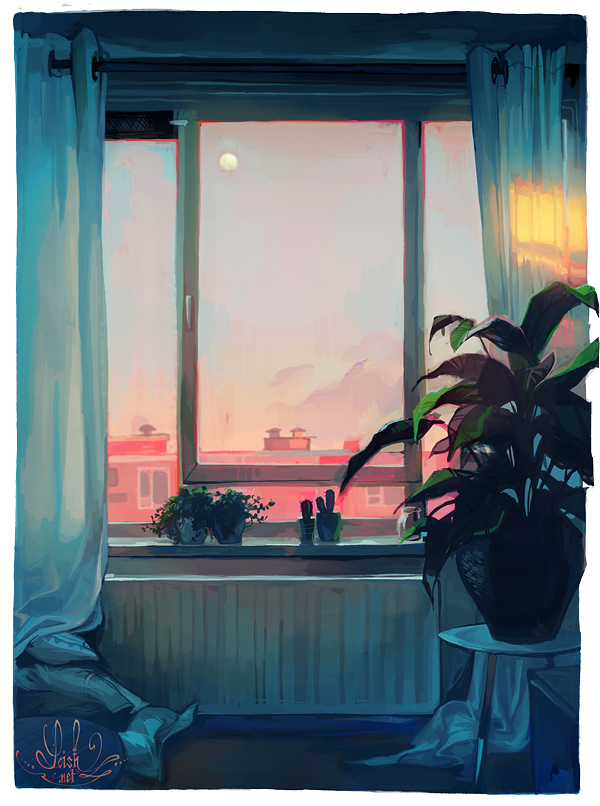 Loish
Loish
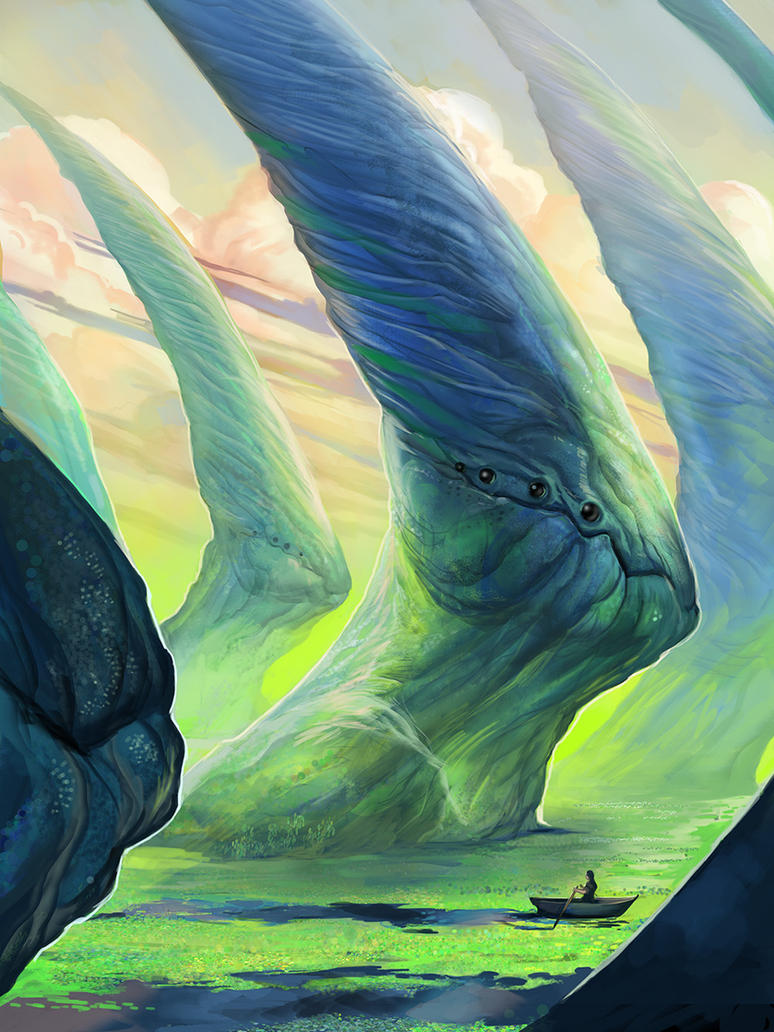 J. Dillon
J. Dillon
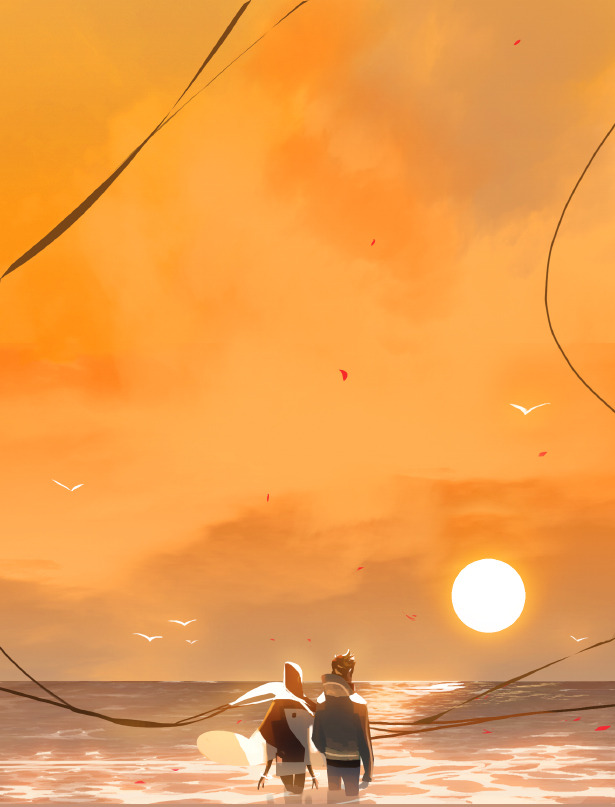 70% EtOH
70% EtOH
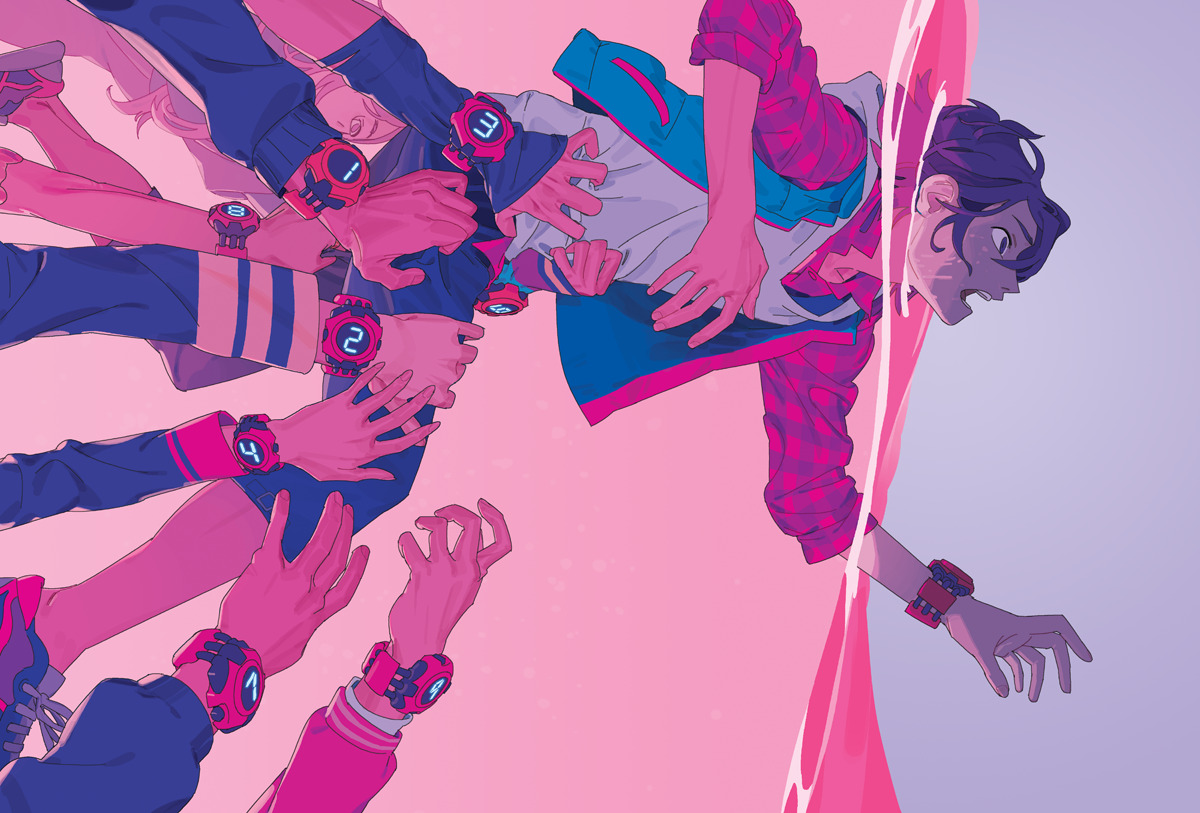 Vivian Ng
Vivian Ng
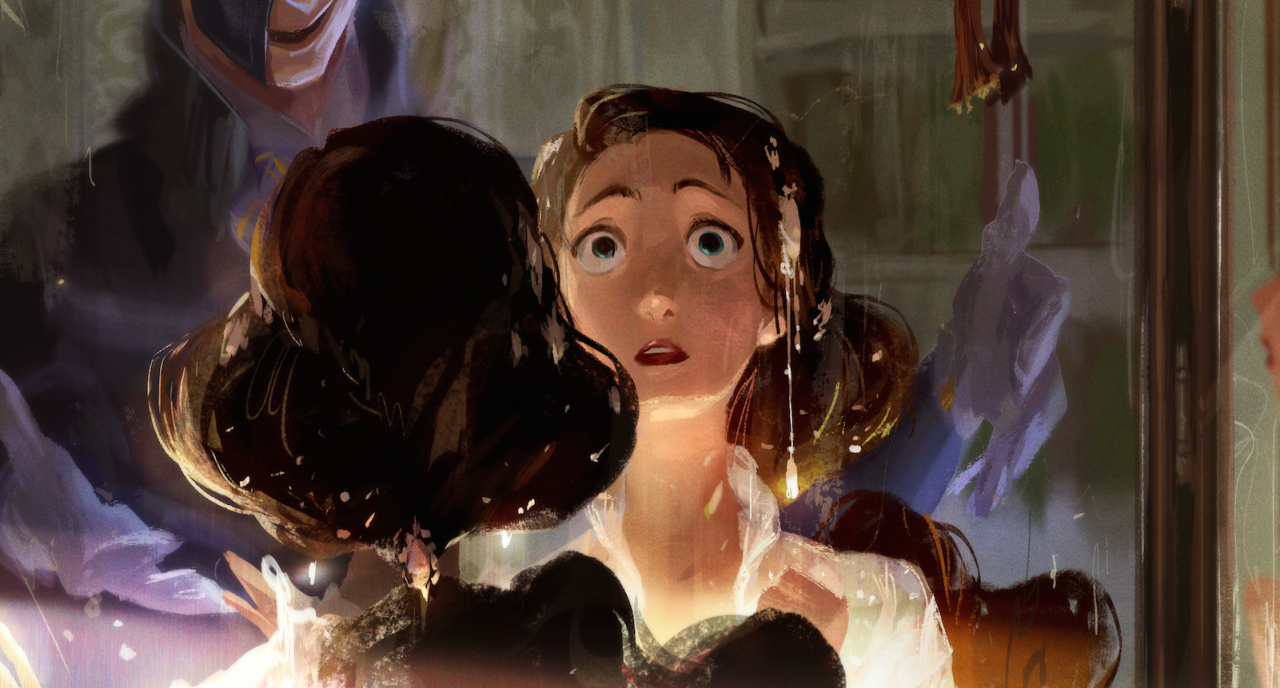 Celine Kim
Celine Kim -
@Shannon-Perkins I think colour is important, I just don't think I explained myself as well as I could. I meant more that if your values are correct, most colour schemes will work if they are mixed from a limited palette. I do feel that most people's colour problems stem from their lack of proper value study. Colour is important though, it's great.
@mattramsey I know that it's not copyrighted, but I feel that people's colouring would be far better if they fully studied it and understood colour and value rather than using someone else's understanding. I take quite an old fashioned traditional approach to my digital art though so it might be influenced by that.
Ace